Original Publication DATE: 3/17/2012
Work occasioned a trip to southern California which, of course, also required me to spend some time with a few regionally endemic conifers. I had never visited the Torrey pine or Cuyamaca cypress, so in planning the trip to Palm Springs for a conference, Allison and I took a few extra days–looping south toward the Mexican border–to see North America’s rarest pine and cypress.
Torry Pine (Pinus torreyana)
Rarity is a new endeavor for the Torrey pine. Though it is the current record-holder for “rarest North American pine” it has not always been that way. It is an ancient pine, whose lineage (or at least that of a near ancestor) extends back as far as the Oligocene or Miocene with a range that extended as far north as Oregon (Kral 1993). In the Pleistocene, the species probably ranged throughout the coastal basins of Southern California but became restricted to coastal San Diego County and Santa Rosa Island over the last 12,000 years or so, during Holocene warming (Waters and Schaal 1991). Its closest extant relative is probably the Coulter pine (Pinus coulteri).
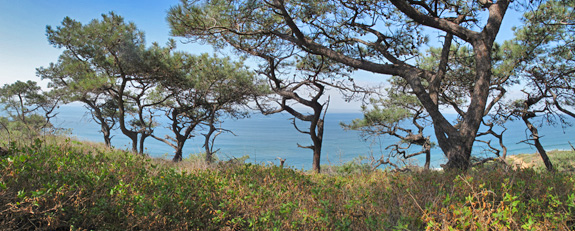
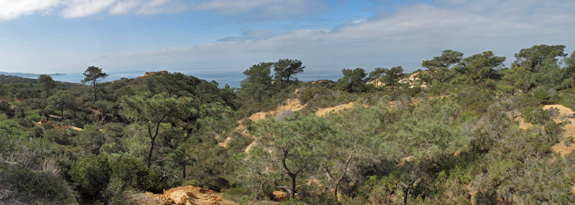
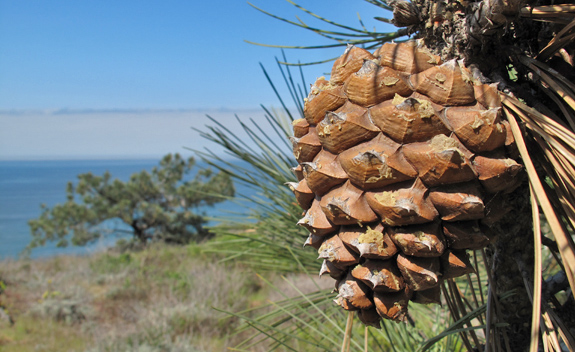
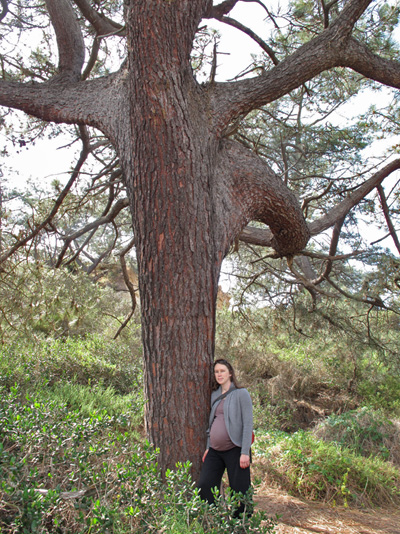
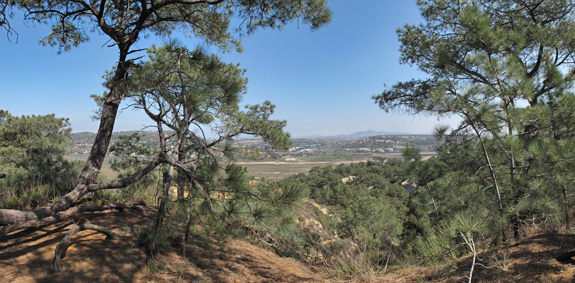
Cuyamaca cypress (Cupressus stephensonii)
The rarest cypresses in North America is found in only in the headwaters of King Creek, on the southwest slopes of Cuyamaca Peak in San Diego County. Some consider it a subspecies of the Arizona cypress (Cupressus arizonica).
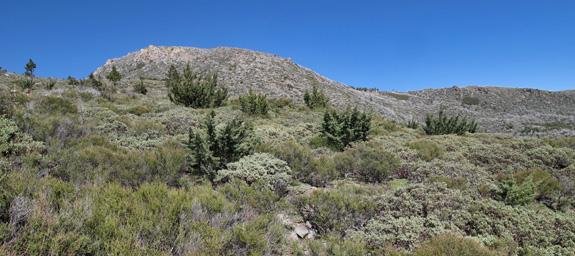
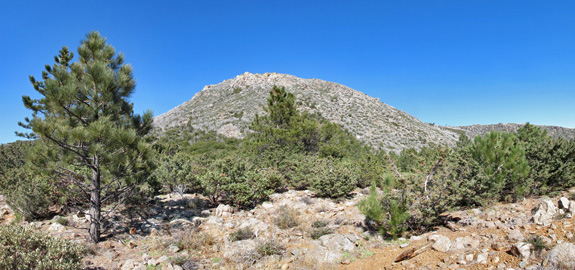
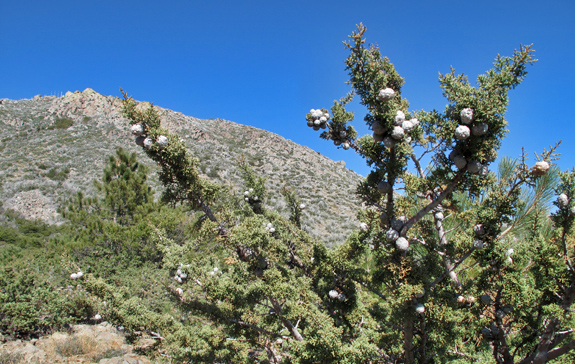
- Kral, R. 1993. Flora of North America Editorial Committee (eds.): Flora of North America North of Mexico, Vol. 2. Oxford University Press.
- Waters, E.R. and B.A. Schaal 1991. No variation is detected in the chloroplast genome of Pinus torreyana. Canadian Journal of Forest Research 21: 1832-1835.
- Special thanks to Christopher Earle and his website, the Gymnosperm Database. Conifer information is always accessible thanks to his hard work.
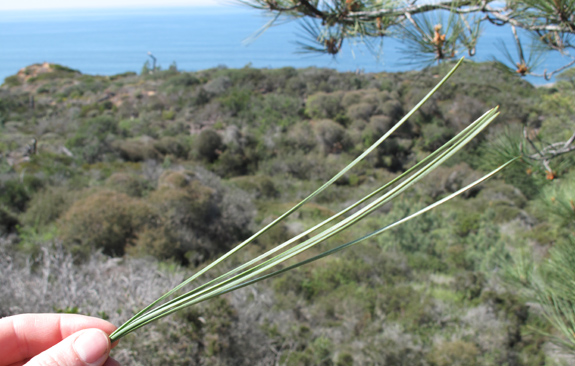
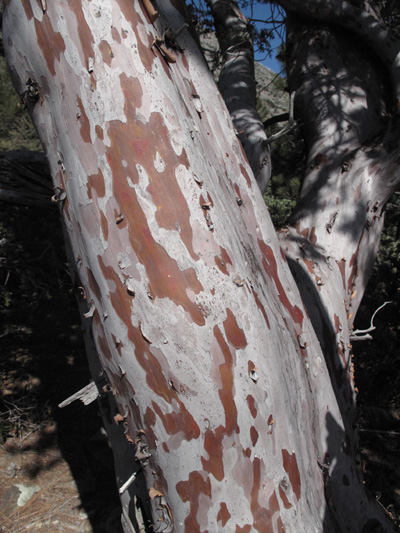
One Reply to “Conifer Rarity in Southern California”
Comments are closed.